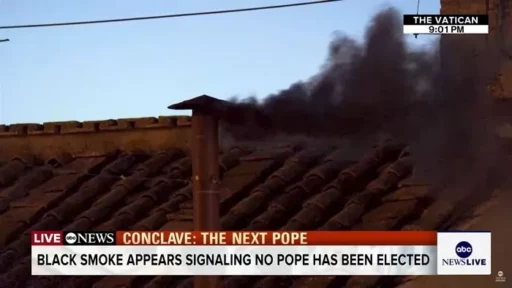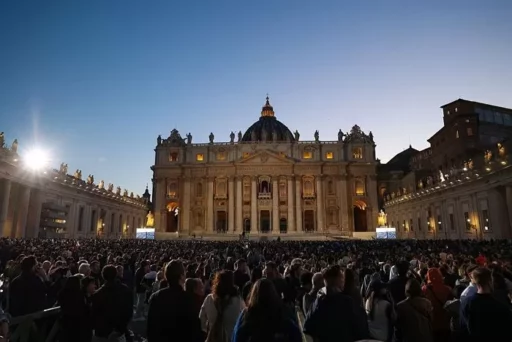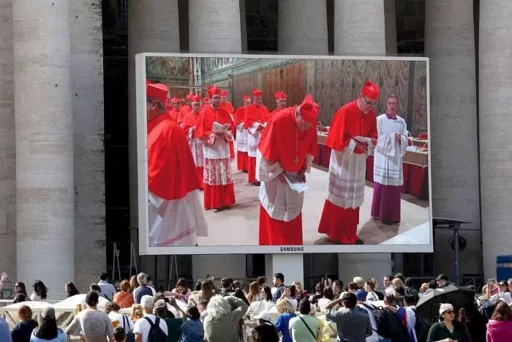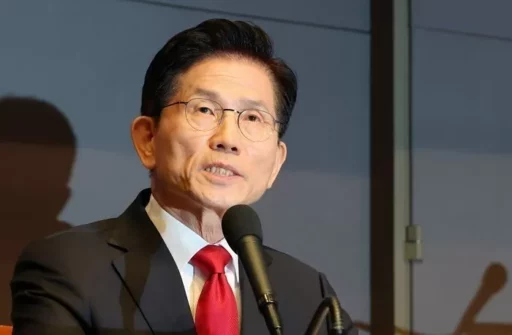Black smoke signifies failure to elect a pope… White smoke will emerge when a pope is elected
In the first voting of the conclave, which included 133 cardinals, no new pope was elected.
According to CNN on the 7th (local time), black smoke rose from the chimney of the Sistine Chapel in Vatican City around 9 p.m. that day, indicating the outcome of the first secret meeting vote of the College of Cardinals.
This came about three hours after the basilica was sealed off, leaving only the cardinals for the conclave, signaling that the election of the 267th pope was unsuccessful.

During the conclave, black smoke rising from the chapel chimney signifies a failure to elect a pope, while white smoke indicates that a pope has been elected.
If black smoke is observed, it means that no candidate received support from at least two-thirds of the electors, or a minimum of 89 votes from the 133 cardinals participating in the conclave.
As the first day of voting in the conclave has failed, the cardinals will conduct two votes daily, each morning and afternoon, with a maximum of four votes.

The conclave will continue until a new pope is elected, and the new pope must obtain more than two-thirds of the votes, or 89 votes, from the College of Cardinals.
As a result, the eyes of those wanting to witness the moment of the pope's election are focused on the chimney of the Sistine Chapel.
In the last ten conclaves, the average time taken to elect a pope has been three days, and it has never exceeded five days. Therefore, foreign media predict that based on precedent, the 267th pope may be decided during votes on the 8th or 9th.

Image source: youtube 'abc news', gettyimageskorea


